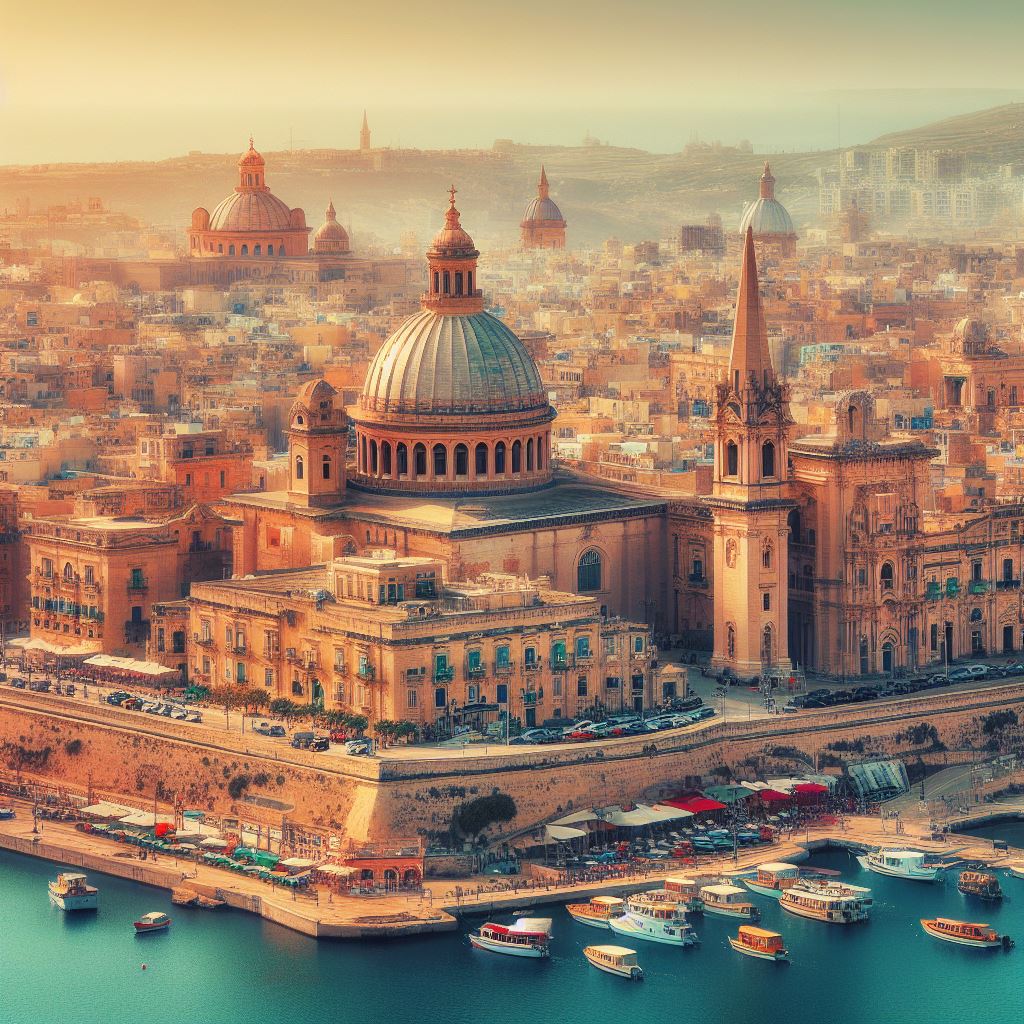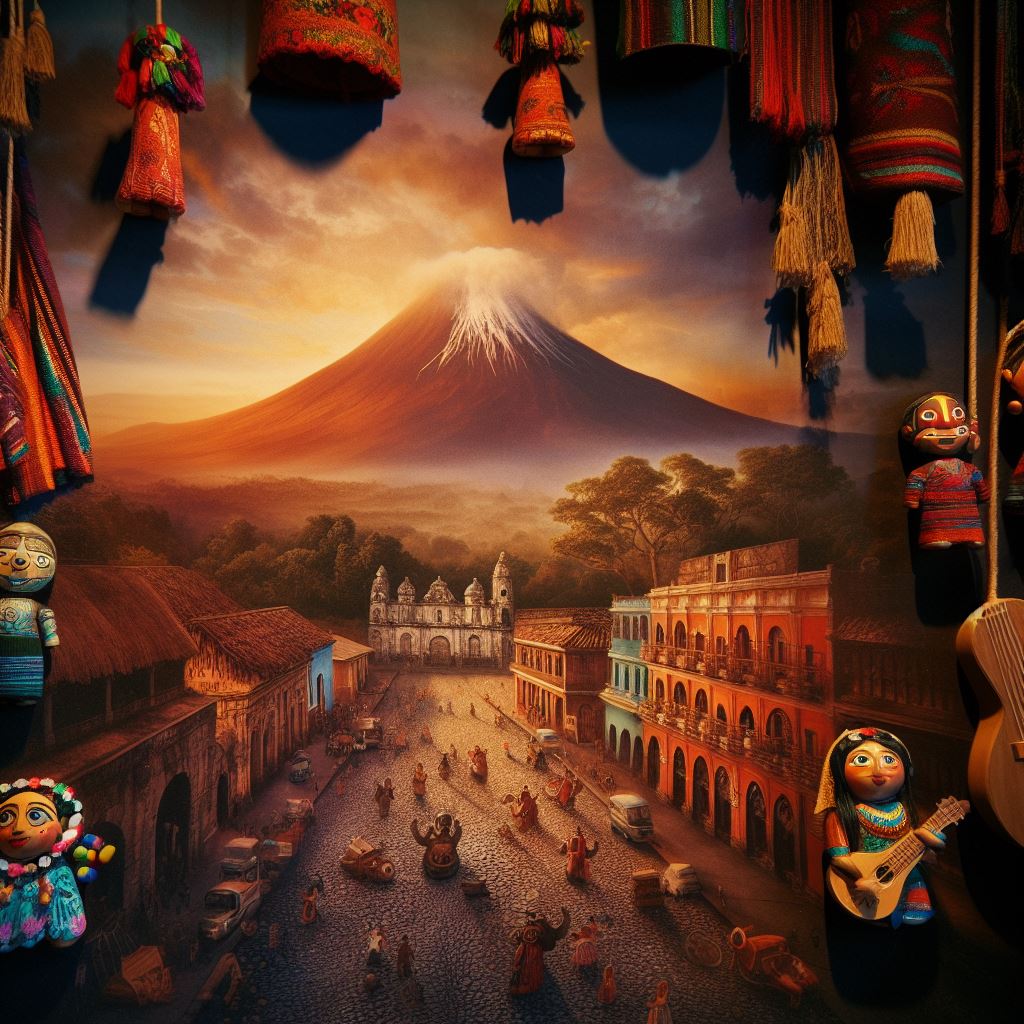The South Pole continent adventure awaits! Fun facts about Antarctica for kids are just what you need to start exploring Earth’s coldest, windiest, and most mysterious land. From adorable penguins to towering icebergs, get ready to discover 10 fascinating tidbits about the Southernmost place on the planet. This quick guide will give you a thrilling glimpse of what makes icy Antarctica so incredibly cool!
Hey there curious young explorer! Have you ever dreamed of visiting the mysterious frozen continent of Antarctica? I’m glad you’re here – let me take you on an adventure to the bottom of the world!
In this article, I can’t wait to share all kinds of fun facts and fascinating stories about Antarctica with you. We’ll learn all about the continent’s location, freezing climate, incredible wildlife, exploration history, and more cool stuff!
Here are a few teasers:
- Penguins – cute tuxedoed birds perfectly adapted to the polar environment.
- Towering glaciers, drifting icebergs, and hidden fossils – Antarctica’s landscapes hold ancient secrets.
- Brave adventurers racing sled dogs to the South Pole through bitter cold and blizzard conditions.
I hope this overview sparks your curiosity to learn more! Now let’s dive in to this frigid wonderland together. Grab your parka, it’s time for an awesome Antarctic adventure!
Location & Geography
You might be wondering – where in the world is Antarctica? Well, Antarctica is the continent surrounding the South Pole, way down at the bottom of our planet. It’s quite chilly down there!
To give you an idea of just how far south it is, if you looked at a map of the world, you’d see Africa, Australia, and South America way up north. Antarctica is that big white continent covering the southernmost part of the globe. Some people call it the seventh continent.
Antarctica is unique in a lot of ways. For one thing, it’s surrounded by the Southern Ocean rather than another landmass. And because it’s so far south, Antarctica gets fewer hours of sunlight in its winter months. During polar nights, some parts of Antarctica get complete darkness for over 24 hours! Other areas get midnight sun in the summer when the sun never fully sets.
Here are some fast facts about the coolest continent:
- Antarctica contains 90% of the world’s ice – that’s a whole lot of frozen water!
- It also has 70% of the world’s fresh water supply locked away in ice sheets and glaciers.
- The average thickness of the ice sheet covering Antarctica is over a mile thick!
- Antarctica is the coldest, windiest, and driest continent. Brrr!
- The lowest temperature ever recorded was -144°F (-98°C) at Russia’s Vostok research station in 1983.
So in summary, Antarctica is an extreme environment and the southernmost continent surrounded by the Southern Ocean. It’s pretty amazing this frozen desert contains so much of our world’s ice and water! What other chilly facts can you share with me about this fascination place?
Climate & Weather
The weather in Antarctica is wild! As we learned earlier, it’s the coldest, windiest, driest continent on Earth. The conditions truly are extreme.
Let’s talk about how frigid the temperatures get. In Antarctica, the winters are darker and colder than anywhere else. The lowest temperature ever recorded was a bitter -144°F (-98°C) brrr! On average, coastal regions of Antarctica reach highs around 15°F (-10°C) in summer. But the high plateau in the interior can have summer temperatures around -76°F (-60°C). Bitterly cold!
The winds in Antarctica frequently reach hurricane speeds. The steep temperature changes cause intense katabatic winds sweeping down the glacier slopes. These blasting winds can reach up to 200 mph! Hard enough to blow you away!
When it comes to precipitation, Antarctica is a desert. It’s the driest continent on Earth, averaging only 6.5 inches of precipitation along the coast. The interior plateau receives even less – just 2 inches per year. That’s drier than some actual deserts!
Some other extreme weather events in Antarctica include:
- Blizzards with wind speeds over 60 mph and zero visibility
- Occasional thunderstorms over the peninsula
- Polar nights and midnight sun depending on season and latitude
So in summary, Antarctica has a highly unusual climate compared to the rest of the planet. The coldest temps, strongest winds, and driest conditions you can experience. We scientists absolutely love studying weather and climate patterns in this extreme environment! Let me know if you have any other weather questions about the wild conditions in Antarctica!
Animals & Wildlife
The wildlife in Antarctica has some amazing adaptations to survive in such an extreme environment. Let’s take a look at some of the continent’s unique animals and birds!
The stars of the show are definitely the penguins. They’re such adorable little tuxedo-clad birds waddling around on the ice! Some penguin species found in Antarctica include:
- Emperor penguins – the largest penguins who bravely incubate their eggs in winter
- King penguins – striking yellow and black feathers
- Chinstrap penguins – identifiable by the thin black band under their chins
Seals also thrive in Antarctica’s chilled waters. Species like leopard, crabeater, Weddell, and elephant seals all have thick insulating blubber to withstand the freezing temps.
In the surrounding Southern Ocean you can see majestic whales like humpbacks and orcas. Blue whales, the largest animals on Earth, feed on krill here in summer.
Other Antarctic mammals include polar bears and smaller critters like snow petrels and Antarctic fur seals.
Here are some ways Antarctica’s wildlife is adapted to survive:
- Blubber and insulating feathers
- Huddling together to stay warm
- Unique hunting and migratory habits
- Feeding under the sea ice
- Storing fat reserves for winter
The extreme climate shapes all aspects of life for Antarctica’s tough and resilient animals. They continue to thrive in this isolated frozen region at the end of the Earth! It’s absolutely awe-inspiring.
Let me know if you have any other questions about Antarctica’s incredible wildlife!
Exploration & Research
The exploration history of Antarctica is inspiring! Brave adventurers ventured into the unknown to map and study this mysterious continent. Let’s explore some of their stories.
In the early 1900s intrepid explorers like Roald Amundsen and Robert Scott raced to be the first to reach the South Pole. Amundsen won the prize, arriving in 1911. His expedition learned to work with sled dogs and dress in animal furs to survive the elements.
Later expeditions by famous explorers like Ernest Shackleton tested the limits of human endurance. Shackleton’s ship, Endurance, was crushed by ice in 1915. His crew miraculously survived months stranded in Antarctica before a rescue.
Today, scientists carry on this legacy at permanent research stations across Antarctica. Researchers endure months of isolation and challenging weather conditions to understand this unique environment. Studying topics like:
- Climate change
- Glaciology
- Geology
- Astronomy
- Marine biology
Modern tools like planes, snowmobiles, and icebreaker ships make Antarctica exploration more accessible. But it remains a demanding, hazardous environment.
The human spirit for discovery and science continues to be tested in Antarctica’s extremes. Who knows what new wonders we’ll uncover in this last frontier! I’d love to hear your thoughts on the most interesting tales of Antarctic exploration.
Fun Facts
Beyond all the science, Antarctica is also full of fascinating phenomena that capture our imaginations! Let me share some of the most fun and surreal facts about this freezing realm:
- Glacier ice can look stunningly blue when compressed and devoid of air bubbles. We scientists call it blue ice!
- Towering icebergs break off from glaciers and drift out to sea. Some as tall as a skyscraper!
- The southern lights (aurora australis) dance eerily across the night sky.
- Mt. Erebus is Antarctica’s only active volcano. It’s been continuously erupting since 1972!
- Antarctica’s dry valleys are the world’s largest ice-free land. More like Mars than Earth!
- People can go skiing, snowboarding or sledding down glaciers for fun!
- Fossils of tropical plants show Antarctica was once warm and forested 200 million years ago.
Every day spent in Antarctica reveals new wonders. We have so much left to explore in this enigmatic realm! I hope you enjoyed this brief tour of some of the coolest, weirdest facts about the most southern continent. Let me know which ones you found most fascinating!
Conclusion
Well, we sure covered a lot of ground on our virtual tour of Antarctica! I hope you enjoyed exploring the extremes of the planet with me.
Let’s do a quick recap of some of the coolest fun facts we learned:
- Penguins huddle together to stay warm! So cute.
- Whales, seals, and even polar bears call Antarctica home.
- Roald Amundsen was the first explorer to reach the South Pole.
- The lowest temperature on Earth was -144°F (-98°C) in Antarctica!
Living and working in Antarctica as a researcher has been an amazing adventure. The natural beauty, captivating wildlife, and frontier spirit make it feel like another world.
Maybe someday you’ll have the chance to visit Antarctica yourself! For now, I hope this article gave you a taste of how magnificent this southernmost continent truly is. Thanks for exploring it with me!
Stay warm, and keep that spirit of curiosity and discovery alive. Let me know if you have any other questions about the magic and mystery of Antarctica!
FAQs Fun Facts About Antarctica for Kids
Getting excited to learn about Antarctica? Below are answers to some frequently asked questions to tell you more about the fascinating frozen continent!
Q: Where is Antarctica located?
A: Antarctica is located as a continent surrounding the South Pole. It sits in the Southern Hemisphere, directly opposite Africa and Australia on the globe. Antarctica is the southernmost continent on Earth.
Q: What is the climate like in Antarctica?
A: Antarctica has the coldest, windiest, and driest climate on Earth. Coastal regions average highs around 15°F in summer with far lower temperatures inland. Winds frequently reach hurricane speeds due to intense katabatic winds sweeping down icy slopes. Precipitation is very low, making Antarctica the world’s driest continent.
Q: What animals live in Antarctica?
A: Unique animals like penguins, seals and whales thrive in Antarctica’s frigid climate. Penguins include Emperor, King, and Chinstrap species. Iconic whales like humpbacks and orcas feed in the Southern Ocean. Other mammals include leopard seals, and polar bears on the coast. Birds like petrels and skuas also call Antarctica home.
Q: How cold does it get in Antarctica?
A: Temperatures in Antarctica can dip to dramatic lows. The coldest temperature ever recorded was -144°F (-98°C) at Russia’s Vostok station in 1983. Coastal regions reach highs around 15°F (-10°C) in summer, while the high inland plateau sees summer temps around -76°F (-60°C).
Q: Who first explored Antarctica?
A: Early Antarctic explorers include Robert Falcon Scott and Roald Amundsen who raced to the South Pole in 1911-1912. Ernest Shackleton led dramatic expeditions and survived being stranded on floating ice for months. Today, scientists carry out important research from permanent stations around Antarctica.
Hope these answers gave you some fun facts about the magical continent of Antarctica! Let me know if you have any other questions. And be sure to check our blog for more cool articles about Antarctica’s landscapes, wildlife and exploration history. Enjoy your polar adventures!




